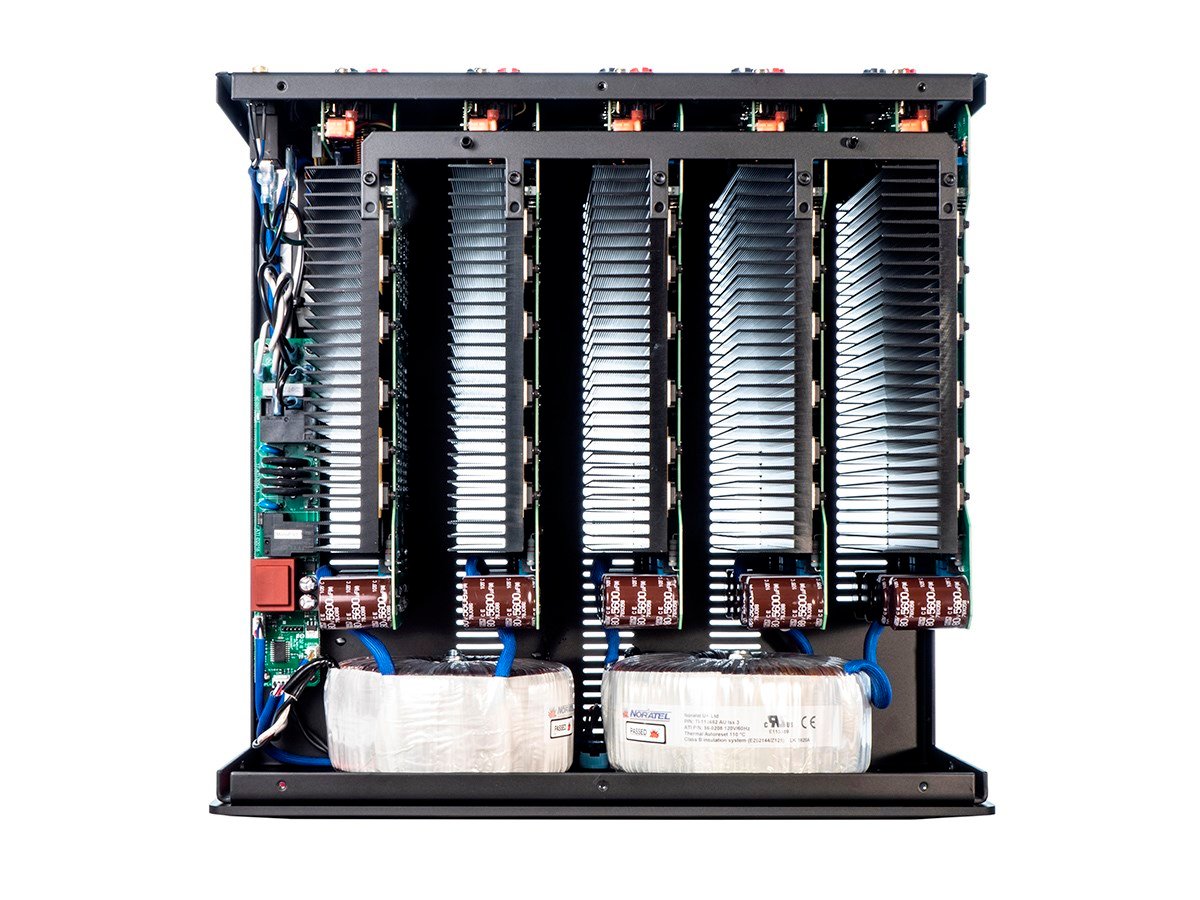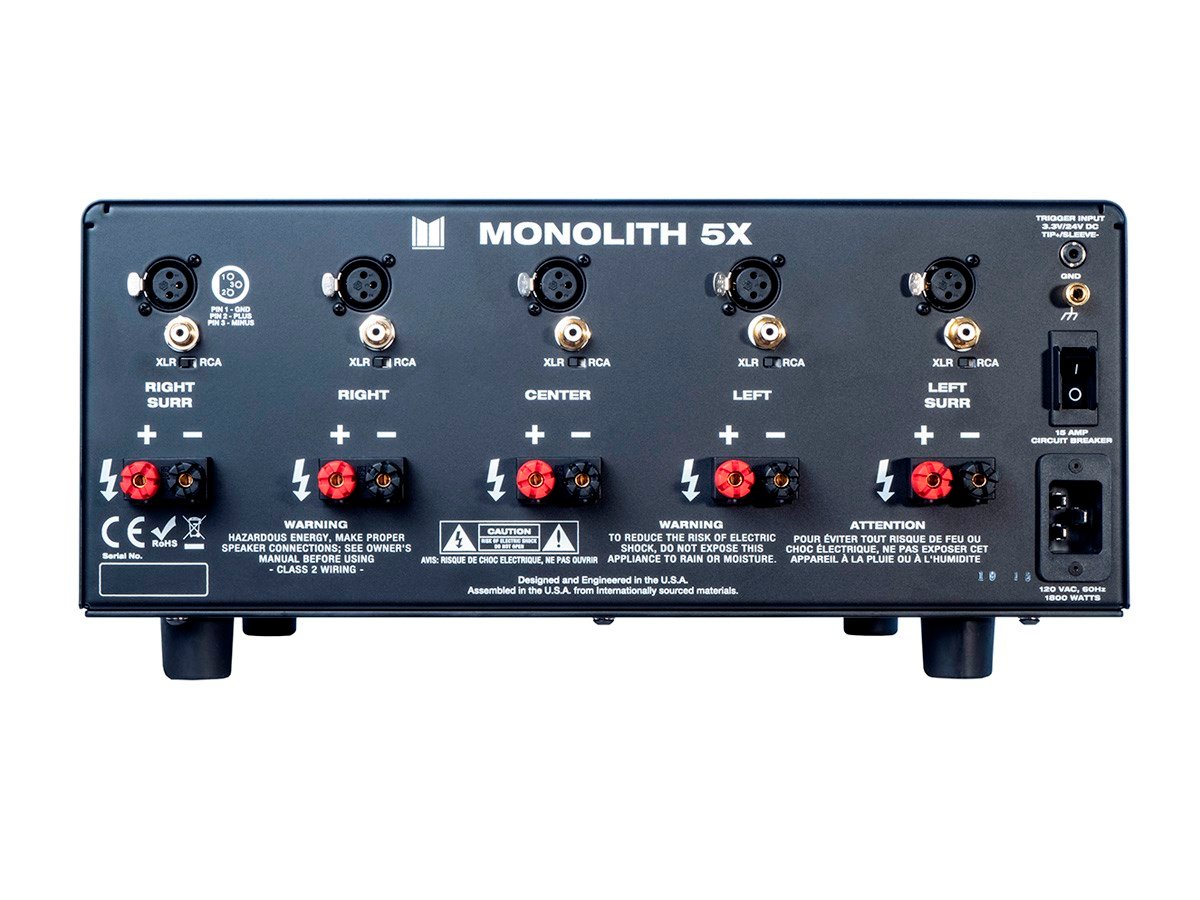The Monolith 5x200 amp has two transformers: one 1230VA and one 1025VA. The transformer on the right (in photo) appears to be feeding three modules so I'm assuming that is the larger of the two. In the photo of the rear of the amp, you can see the (recommended/designer intended??) order for connecting speakers is, (left to right) Right Surround, Right, Center, Left, Left Surround. That means the RS, R, and C are fed by the larger transformer (@410VA) and the L and LS are fed by the smaller (@512.5VA).
My OCD is having fits trying to process why that is. Wouldn't be best to feed the surround amps with the lesser voltage since they produce the least amount of content?


My OCD is having fits trying to process why that is. Wouldn't be best to feed the surround amps with the lesser voltage since they produce the least amount of content?





